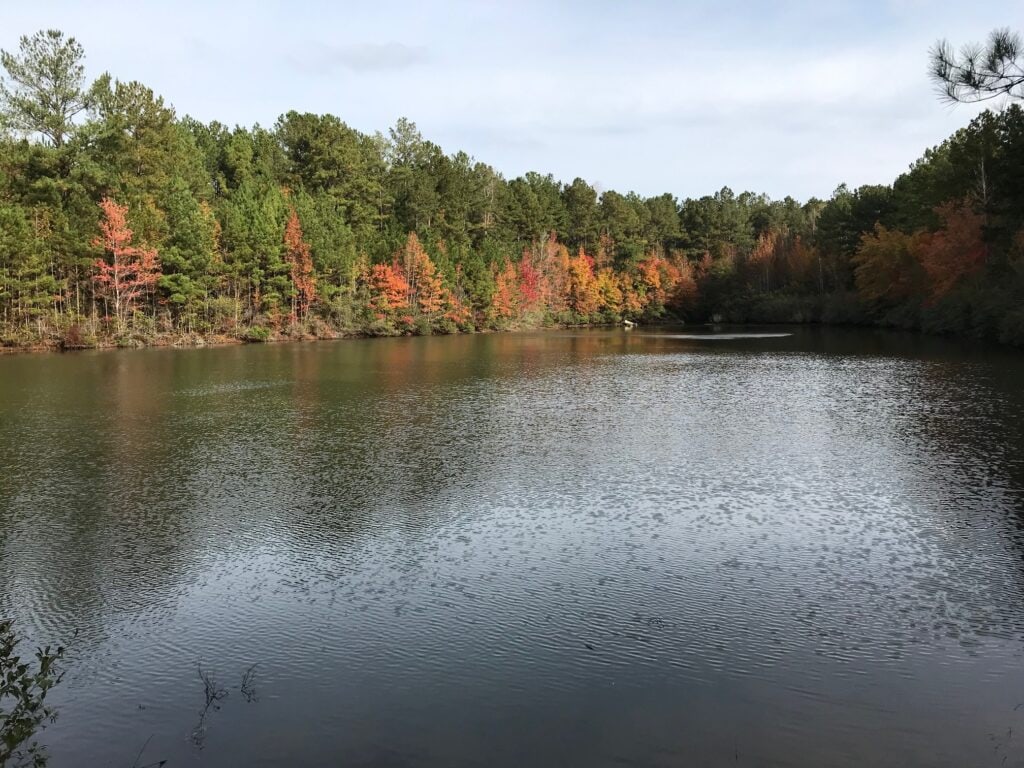Many forest landowners hope to preserve and increase the value of their land as a legacy for those who will follow them, either by inheritance or sale of the property. If a property is producing income it is more likely to be kept in timberland. There are several ways a property owner can accomplish this goal.

First, understand the value of the timber especially if the property or timber is to be sold. The timber growing on a tract of land is potentially the most valuable asset on it. It is common for a landowner to contact a timber buyer or logger to drive by or walk through the trees and give an estimate of what the timber is worth. A better way to value timber is to get a registered forester to perform a timber cruise by collecting sample data from sample plots systematically spread across the property. Timber volume and quality may be much higher down in a creek bottom than what is growing on higher ground close to the road. A good timber cruise will give a summary of the timber volume by size and product. The differences between products such as pulpwood, chip and saw, sawtimber and grade logs are substantial. Equally important is how the timber is merchandised according to the mills a particular wood buyer is supplying. In particular, a timber sale should have competitive bids between potential buyers, sold by lump sum if possible, and documented with a written contract.

Second, consider nontimber values offered by a property. Leases can provide annual cash flow to the landowner. Per acre prices can vary widely depending on location, size, access, and recreational amenities such as permanent deer stands, food plots power, water, electricity, and fishponds. Most of the time, annual hunting fees should at least cover the property taxes. Another source of annual nontimber income is the pine straw harvest. Landowners with longleaf pine plantations can lease the land to contractors who gather and bale the pine straw. These opportunities should also be backed up with a written contract including protection from liability for the property owner.
Third, take advantage of any government cost-share programs offered by your state forestry commission and federal government agencies such as the Natural Resources Conservation Service and the Farm Service Agency. Examples are the Conservation Reserve Program, Environmental Quality Incentives Program, and the various conservation easement programs.
Finally, there are recreational, aesthetic, and wildlife values that can add to the value and enjoyment of a property. Take a look at our recent blog “Life On The Edge” for ideas. These values can add considerably to the value of a property when an heir or potential buyer bonds with the land.
Larry Foster, RF
Great Southern Land LLC
(334) 412-5189
larry@greatsouthernland.com
